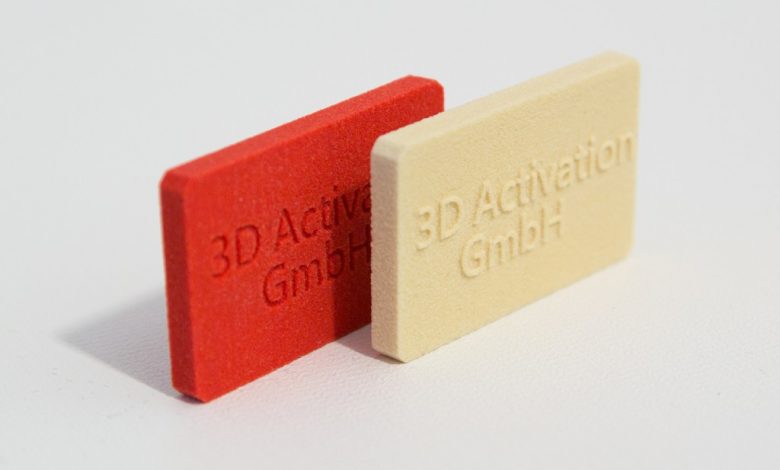
Contents
A little introduction to how 3D printers work – Part 2
In the first part of our series on how 3D printers work, we explained the most common 3D printing processes at the moment. In Part 2 we would like to introduce you to some of the lesser-known 3D technologies.
HP MultiJet Fusion process
This process, developed by HP between 2014 and 2016, is based on a combination of two liquids. One liquid acts as a heat conductor, the other as a thermal inhibitor. The heat conductor now binds the object at its center. At the same time, the inhibitor binds the model at its edges in order to consolidate it in the desired shape. In this way, the HP-MJF process works as a particularly fast and yet extremely precise 3D technology.
Furan direct binding method
The Furan Direct Binding (FDB for short) process was even developed in Germany, namely at the Technical University of Munich, between 1995 and 1998. It requires the use of a very fine particle material, such as quartz sand. The 3D printer now applies this to its construction surface in thin layers of only 80-400 µm. There, a high-resolution print head selectively prints and glues this layer according to the structure defined in the 3D files. The FDB printer repeats this step until the desired height of the component is reached.
ceramic print
A special process requires the processing of ceramics in 3D printing. To do this, a special ceramic granulate is first produced. The 3D printer uses this granulate to build up the model in layers. The printed component is then glazed at over 1000°C.
silver print
The 3D printing of silver works more indirectly, i.e. in a two-step process. First, a wax model of the planned component is printed. This is done using the MJF process, a mixed process of FDM printing and stereolithography. A cast is made from this wax model using a ceramic mass. Further production is now carried out in the traditional craft of silver casting: the cast is first heated in the oven and then filled with liquid silver.

Read more about the different 3D printing processes in Part 1.

